Federal Energy Regulatory Commission Clears Way for Rural Clean Energy
In a decision yesterday, the Federal Energy Regulatory Commission (FERC) rejected a proposed fee from Tri-State Generation and Transmission that would have acted as a serious barrier to rural electric utilities like Delta-Montrose (located in West-central Colorado) from accessing local clean energy by making it uneconomical.
This decision is expected to help communities across the West develop their own local sources of clean, affordable energy – creating jobs, reducing emissions, and investing in local economies!
In March, Clean Energy Action and its supporters submitted a petition, joining approximately 120 individuals and organizations led by Delta-Montrose to urge the Federal Energy Regulatory Commission (FERC) to protect rural access to clean, affordable energy.
On June 16th, FERC responded, rejecting Tri-State’s penalty because it would “undermine the Commission’s prior order in Delta-Montrose” by making the cost of accessing local clean energy prohibitively high.
In FERC’s previous Tri-State and Delta-Montrose decision (last year’s Delta-Montrose proceeding) the Commission ruled that Delta-Montrose was not only allowed but obligated to purchase electricity from qualifying local renewable energy facilities. In its decision, FERC relied on the 1978 Public Utilities Regulatory Policies Act (PURPA), which seeks to “encourage cogeneration and small power production” from renewables.
In turn, Tri-State responded by attempting to impose a penalty to recover revenues it claimed would be lost if rural communities began to rely on local sources of clean energy.
FERC ruled that the proposed lost revenue penalty “should be rejected” because it “undermine[s] the Commission’s prior order finding that, under PURPA, Delta-Montrose must purchase” energy from qualifying local facilities.
In doing so, the Commission has essentially reaffirmed and clarified last year’s decision that local access to clean energy should be prioritized and protected. This anxiously-awaited decision is widely seen as an important step forward for communities working to developing local sources of wind, solar, and geothermal!
